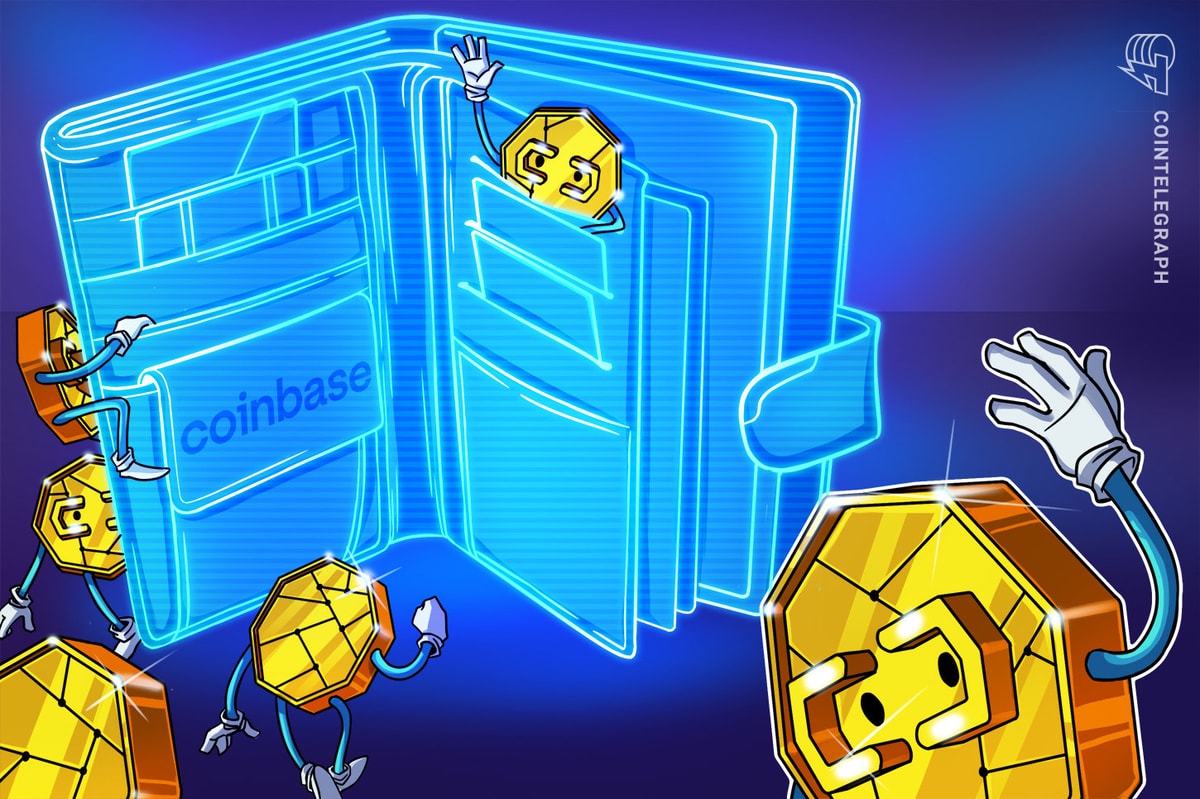Coinbase Wallet will soon roll out a “Tap to Pay” crypto solution to compete against Cash App, Venmo, PayPal and other fast payment firms.
Speaking to Cointelegraph, Coinbase Wallet lead and Base founder Jesse Pollak revealed the feature for Coinbase’s non-custodial cryptocurrency wallet in “internal alpha right now,” with a full rollout “coming very soon.”
“Tap to pay is going to be huge, particularly for the long tail of merchants where maybe they are currently using Cash App or Venmo or PayPal,” he said at the DevCon conference in Bangkok on Nov. 13.
“We can give them a better, faster, more global tap-to-pay experience that will work in every country around the world. I think it’s pretty huge.”
The creator of Ethereum layer 2 Base hopes to see 50 countries integrated into Coinbase Wallet by the end of 2025.
Jesse Pollak sits down with Andrew Fenton at the DevCon conference on Nov. 13. Source: Cointelegraph
Part of that integration would involve connecting user bank accounts to Coinbase Wallet, Pollak noted.
“We want people to be moving their saving, their spending, their investing onchain, because it’s going to give better rates, better interest, better economic outcomes, better outcomes for merchants because it’s a faster, better, cheaper, more global economy that works for everyone.”
Bank account off-ramps will allow users to get paid in stablecoins like USD Coin (USDC) or Tether (USDT), which can be easily converted into their currency, Pollak said.
While stablecoin circular economies remain small, Pollak believes the “transformation” will happen fast once merchants learn how to take advantage of cheaper payments.
Base close to solving the layer 2 interoperability problem
Meanwhile, Pollak says Base is looking to solve Ethereum’s layer 2 interoperability problem within the “next six months.”
While several crosschain solutions exist between Ethereum mainnet and Ethereum layer 2s, Base and other Ethereum layer 2s remain fragmented.
Related: Over 90% of Salvadorans don’t transact with Bitcoin: Survey
But Pollak says the issue is “getting solved fast” through two important specifications — namely ERC-7683, which introduces an interoperability standard for crosschain transfers, and RIP-7755, which will enable trustless execution between chains.
“They work together to basically so you can have a wallet that can execute across every L2,” Pollak said. “It will no longer be all these fragmented L2s. It’ll instead be your wallet to let you work everywhere.”
“I think we’ll get those dialed in in the next six months.”
A successful solution would allow token transfers between Base and other Ethereum layer 2s like Arbitrum One, OP mainnet and Blast — unlocking more use cases in an ecosystem that secures more than $42 billion of value, L2BEAT data shows.
From there, Base will expand to all the other layer 1s so that users can store their assets on Base and can transact everywhere, Pollak said.
Magazine: Big Questions: How can Bitcoin payments stage a comeback?

Leave a Reply